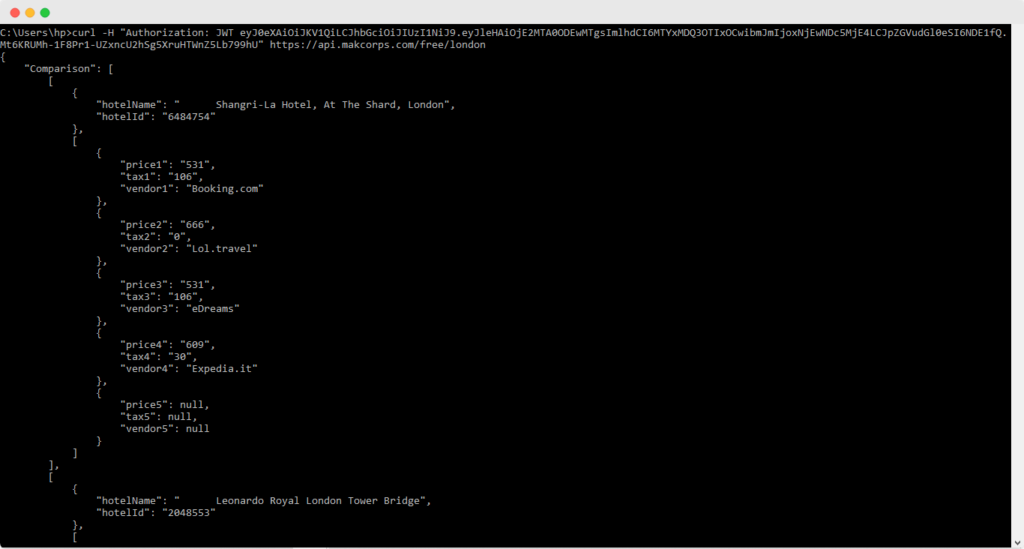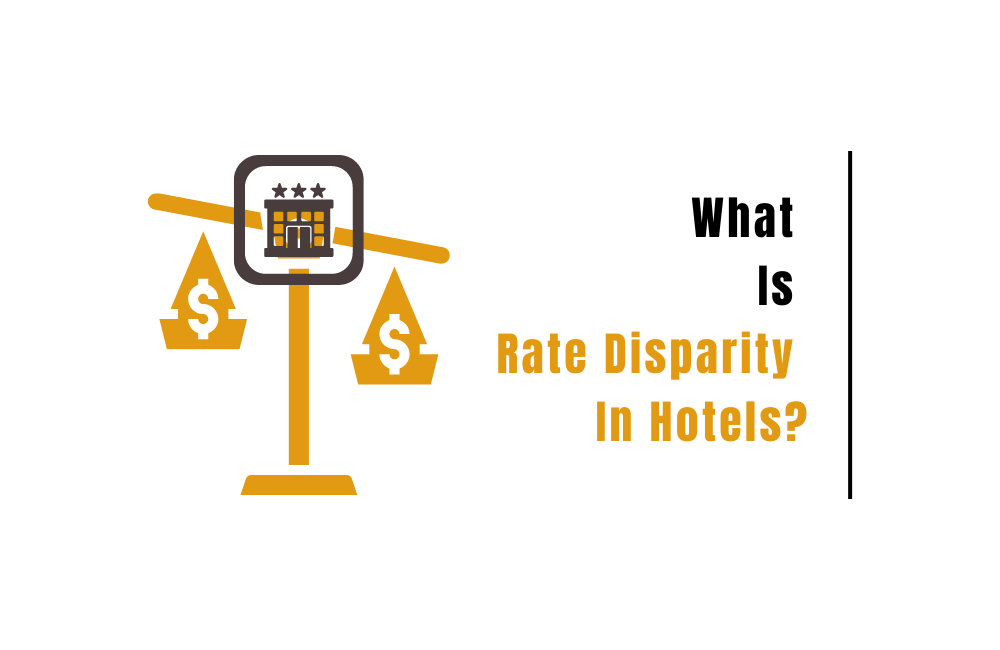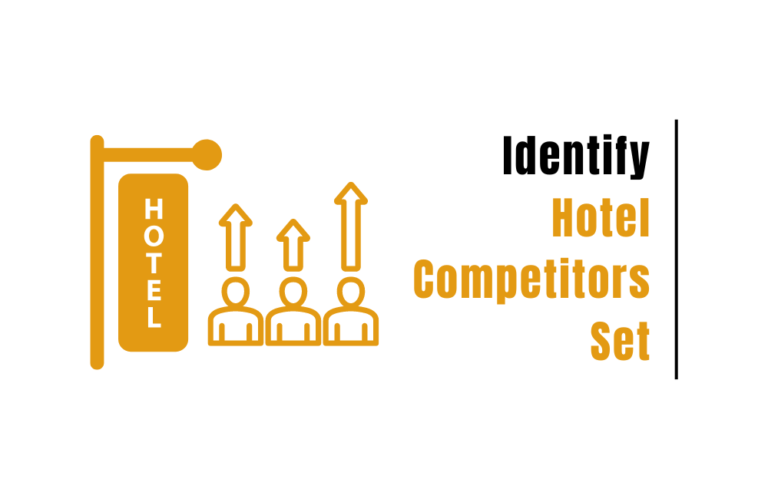What Is The Rate Disparity In Hotels?
Creating a fair price structure for leveraging business profits and higher revenue generation while maintaining a good brand reputation among customers is an emerging challenge for hoteliers.
The hospitality industry swings between a mix of thoughts about hotel price parity and disparity.
There is a mixture of opinions on the same. Therefore, firstly, it is important to understand what rate disparity is and why it usually happens.
What Does Price Disparity Mean In Hotels?
Price disparity in hotels refers to the difference in prices for the same room or type of accommodation at different times or for different customers. It means that customers experience a different set of pricing for the same type of room on different platforms and get confused through it.
Often brands see hotel price disparity as a challenge that creates a sense of distrust and confusion among their buyers.
Why Does Rate Disparity Happen?
Rate disparity in hotels can happen for a variety of reasons. Some of the main factors include:
1. Demand:
During peak travel seasons or events, demand for hotel rooms may be higher which leads to higher prices.
2. Seasonality:
Hotels may charge higher rates during certain times of the year when the weather is favorable or when there are many tourists.
3 Location
Hotels in popular tourist destinations or in city centers may charge higher rates than those in less desirable locations.
4. Room type
Different room types (e.g. standard, deluxe, suite) may have different prices.
5. Booking channel
Hotels may offer different prices depending on whether a customer books directly with the hotel or through an online travel agency (OTA).
6. Occupancy rate
When hotel occupancy is high, hotels may increase the room rate, and when the occupancy is low, they may decrease the rate.
Additionally, hotels use dynamic pricing strategies where the prices are adjusted based on real-time supply and demand. This can result in rate disparities for the same room or type of accommodation at different times or for different customers.
If you’re struggling to fill up your hotel rooms, our guide on how to increase the hotel occupancy rate can help. From calculating occupancy rates to the best hotel pricing strategies to optimize your hotel room rates to gain competitive advantage is explained in detail in this blog.
What Actions Should You Take to Solve Rate Disparity in Hotels?
There are several actions that can be taken to solve rate disparity in hotels, including:
1. Conducting Market Research
Understanding the competitive landscape of the hotel industry and identifying any rate disparities that exist.
To know your hotel pricing on different OTAs you can use Makcorps Hotel Price API, it provides real-time hotel pricing data from 200+ OTAs effortlessly.
This image represents, how you can extract pricing data of your own hotel from different OTAs.

In addition to the pricing data, you might also need information on the hotel’s amenities, room types, availability, and reviews to fully meet this data requirement. You can check out the list of hotel API providers.
2. Reviewing Pricing Strategies
Analyze current pricing strategies and make adjustments as needed to ensure that rates are competitive and fair.
3. Communicating With Suppliers
Communicate with hotel suppliers to ensure that they are aware of any rate disparities and that they are taking steps to correct them.
4. Monitoring And Enforcing Rate Parity Agreements
Monitor hotel prices and enforce rate parity agreements with third-party booking sites to ensure that rates are consistent across all channels. Again, for monitoring hotel rates on different platforms you can use this API.
5. Providing Transparency To Customers
Provide transparency to customers by clearly displaying all rates and fees on the hotel’s website and at the point of booking.
6. Building Loyalty
Building loyalty programs and rewards to build customer loyalty and reduce the need to offer lower rates to attract new customers.
7. Providing Excellent Customer Service
Providing excellent customer service, which can help to retain customers, reduce the need to offer lower rates, and maximize customer loyalty by leveraging customer feedback software to enhance the guest experience.
Conclusion:
In conclusion, solving rate disparity in hotels requires a multifaceted approach that includes various approaches.
By taking these actions, hotels can ensure that their rates are competitive and fair and that customers are receiving the best possible value for their money.
Additionally, hotels can also improve customer loyalty and reduce the need to offer lower rates to attract new customers.







